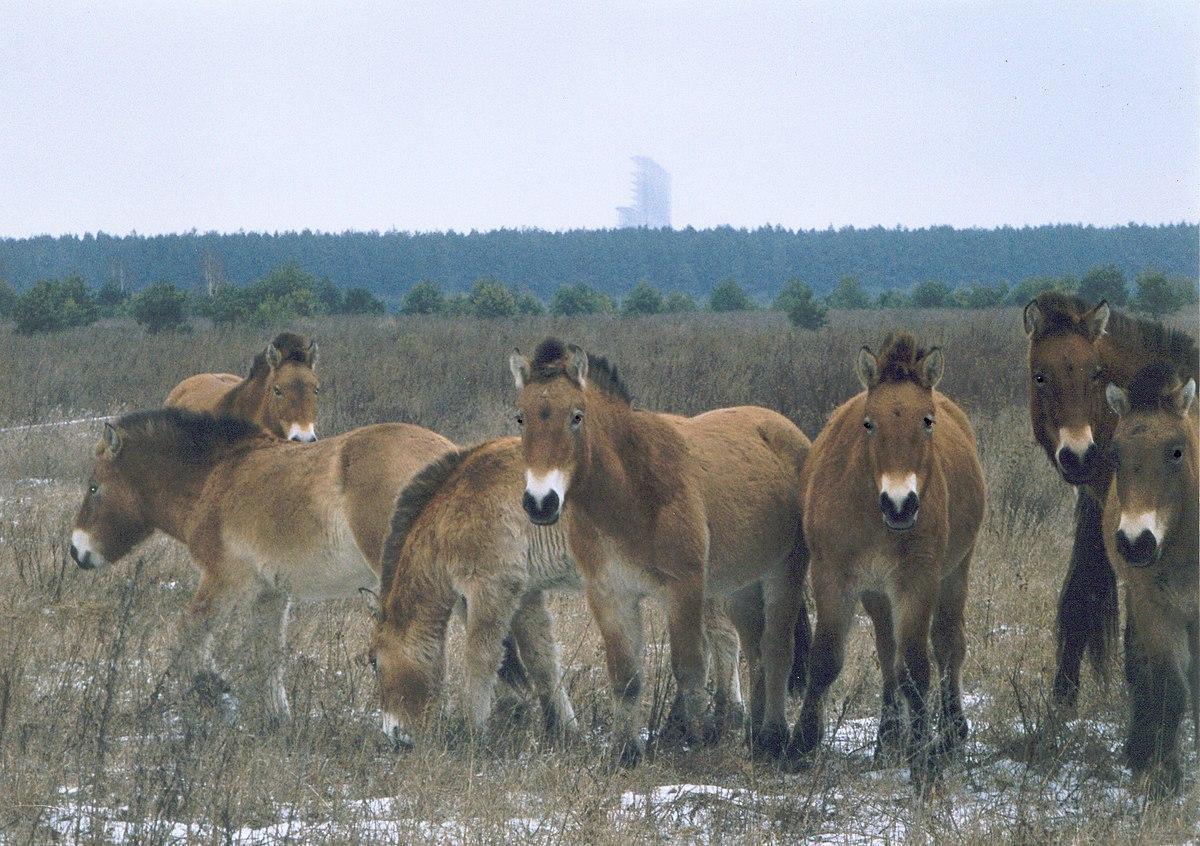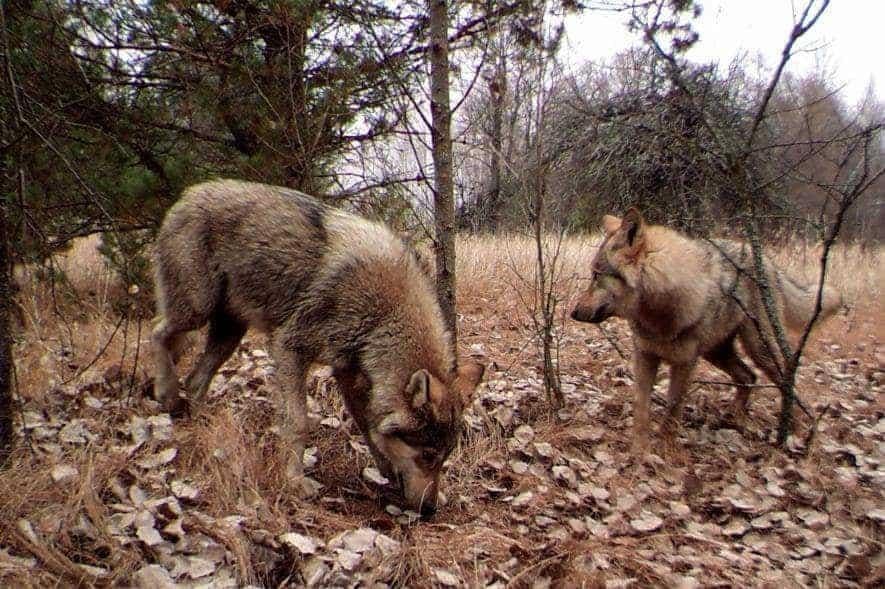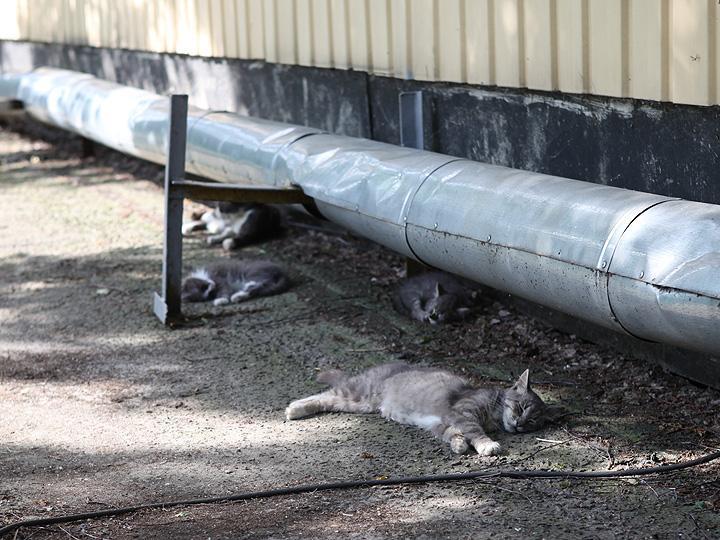After the explosion of a nuclear reactor in 1986, Chernobyl became home to extreme levels of radiation that has proven deadly to humans. The explosion is known as one of history’s worst nuclear accidents, forcing the evacuation of 150,000 people from land that has not been inhabited by humans since.
The wolves that were impacted by Chernobyl’s radioactivity developed a baffling and unexpected ability that will have lasting implications for medical research.
Tragic History and Aftermath

The explosion at Chernobyl happened during a routine maintenance check where electrical control systems were shut down against safety regulations. 30 people were killed in the immediate blast and researchers speculate that the resulting exposure to radiation may have killed thousands more.
150,000 people were evacuated from the immediate area and the surrounding towns. 50 years later, the region remains too radioactive for humans to survive, making the wolves and other animals that inhabit the region that much more fascinating.
An Unlikely Haven for Wildlife

In the decades since Chernobyl’s abandonment by humans, wildlife has repopulated and flourished.
A near-extinct breed of horse was even introduced to Chernobyl in the hopes that an environment un-impacted by humans might allow the endangered species to expand. Since their introduction, the Przewalski’s horses have nearly doubled their population.
Uncovering the Mysteries of Chernobyl’s Animals

Many of the animals in Chernobyl have exploded in population, baffling scientists with their abilities to reproduce in such an environment. Mutant wolves inhabiting the abandoned radioactive Chernobyl Evacuation Zone (CEZ) have been found to possess anti-cancer genes that could have significant implications for human research.
Researchers from Princeton began studying these animals in 2014 in an effort to understand how these animals have been able to survive radiation that is six times the amount a human body can tolerate.
Tracking and Researching the Gray Wolf Population

Cara Love, head of the research team sent to Chernobyl, directed efforts towards drawing blood samples and placing trackers on the gray wolves that roam the CEZ. The radio tracking collars were also able to transmit constant information about the amount of radiation that the wolves were being exposed to.
Dr. Love stated that the team got “real time measurements of where they are and how much [radiation] they are exposed to.” With these methods, the team was able to discover that the wolves of Chernobyl had altered immune systems.
Revealing the Anti-Cancer Properties of Chernobyl’s Wolves

Further analysis of the genetic make-up of the wolves found that many genes linked to cancer were altered. These mutations appear to have evolved in response to the radiation, leaving the wolves with immune defenses that humans do not possess. Researchers wonder how widespread this resiliency is among all of the animals that are now the primary occupants of the CEZ.
Comparing multiple populations, the team from Princeton noted that the mutated DNA of the wolves within the CEZ was distinct from the DNA of other wolves outside of the 1,000 mile radius.
How Chernobyl’s Wolves Could Change Cancer Research

The mutations in this gray wolf population might hold the key to life-saving treatments for human cancer patients.
There is abundant research about the genes that increase risk of cancer in humans, but Love’s team hopes that these wolves can pave the way for research into protective mutations as well.
Other Mutations in Chernobyl’s Animal Population

Chernobyl’s radiation has caused countless other mutations in the animals that reside there. Scientists have discovered mutated tree frogs with unique pigmentation and dogs have been found to have a completely different genetic profile from their counterparts outside of the CEZ.
Many of these mutations still require extensive study until we can fully understand the reasons behind the animal population’s continued survival in Chernobyl.
Barriers to Continued Study

Although Chernobyl’s mutated animals hold enormous medical research potential, scientists have been unable to enter the CEZ in recent years as a result of the war in Ukraine and continued danger.
Dr. Love commented on the issue by stating that “Our priority is for people and collaborators there to be as safe as possible.” The CEZ has become even more dangerous as a result of the war, with landmines becoming a common presence in the area. Before the war began, the onset of the COVID-19 pandemic also complicated access to the region.
Current Discoveries and Efforts

Although the CEZ itself has become inaccessible, related research has appeared elsewhere since the presentation of the wolf discovery at the Annual Meeting of Society of Integrative and Comparative Biology in Seattle this year.
Studies involving cancer-causing genes in dogs have led to major discoveries around combating the disease. Researchers hope that once the CEZ is accessible, these breakthroughs can be used in tandem with the unusual genetic landscape of Chernobyl.
